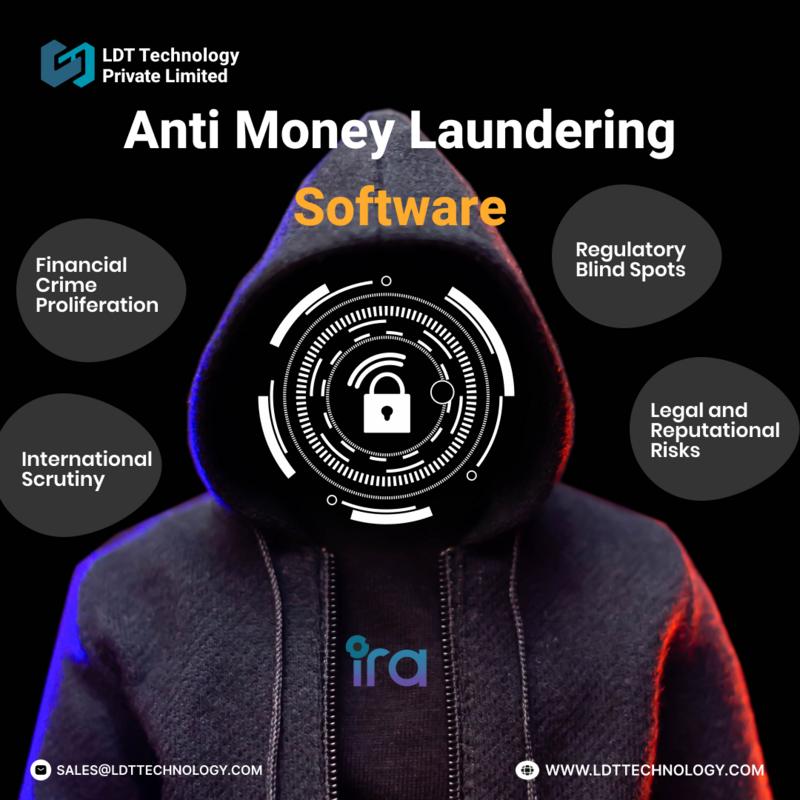In the intricate tapestry of modern business, understanding your customer is the golden thread that weaves success. As companies strive to tailor their offerings and communications, one tool emerges as a powerful ally in the quest for precision: the credit score. Often relegated to the realm of finance and lending, credit scores hold untapped potential for revolutionizing customer segmentation strategies across industries. Imagine unlocking a treasure trove of insights that not only predict purchasing power but also illuminate behavioral tendencies and financial reliability. This article delves into the art and science of leveraging credit scores to refine customer segmentation, transforming raw data into a strategic compass that guides businesses toward enhanced engagement and profitability. Join us as we explore how this often-overlooked metric can elevate your understanding of customers, enabling you to craft personalized experiences that resonate deeply and drive lasting loyalty.
Understanding the Power of Credit Scores in Market Analysis
In the realm of market analysis, credit scores are more than just numbers—they are powerful indicators of consumer behavior and financial health. By leveraging these scores, businesses can create more precise customer segments, leading to targeted marketing strategies and enhanced customer engagement. Credit scores provide insights into a customer’s creditworthiness, spending habits, and potential risk factors, allowing companies to tailor their offerings and communications effectively.
Consider these key benefits of integrating credit scores into your customer segmentation strategy:
- Enhanced Risk Assessment: Credit scores offer a reliable measure of financial stability, helping businesses identify high-risk and low-risk customer groups.
- Tailored Product Offerings: By understanding the credit profiles of different segments, companies can customize products and services to meet the specific needs and financial capabilities of each group.
- Improved Customer Retention: Personalized marketing efforts based on credit score data can increase customer satisfaction and loyalty, reducing churn rates.
- Optimized Resource Allocation: With clear segmentation, businesses can allocate resources more efficiently, focusing on high-value customers and potential growth areas.
Utilizing credit scores in market analysis not only enhances customer segmentation but also drives smarter business decisions, paving the way for sustainable growth and competitive advantage.

Decoding Customer Behavior Through Credit Score Insights
Understanding the nuances of customer behavior is pivotal for any business aiming to refine its marketing strategies. By delving into the realm of credit scores, businesses can unlock a treasure trove of insights that can be used to enhance customer segmentation. Credit scores serve as a reliable indicator of a customer’s financial health and can reveal patterns that are not immediately visible through traditional demographic data.
- Risk Assessment: Identify potential high-risk customers and tailor offerings that mitigate financial exposure.
- Customized Marketing: Craft personalized marketing campaigns by understanding spending habits and financial priorities.
- Product Development: Innovate new products that cater to the financial capabilities and needs of different credit score brackets.
By leveraging these insights, businesses can not only enhance their segmentation strategies but also foster stronger, more meaningful relationships with their customers. The strategic use of credit score data can transform how businesses perceive and interact with their audience, leading to more targeted and effective engagement.
Crafting Tailored Marketing Strategies with Credit-Based Segmentation
In the evolving landscape of personalized marketing, understanding customer credit scores can be a game-changer. By segmenting your audience based on credit data, you can craft marketing strategies that are not only more effective but also resonate on a personal level. This approach allows businesses to tailor their offerings, ensuring that each customer receives a message that aligns with their financial reality and preferences.
- Enhanced Targeting: By categorizing customers into credit-based segments, you can target them with precision, offering products and services that match their financial profiles.
- Customized Offers: Develop unique promotions and discounts that cater to the needs of each segment, increasing the likelihood of conversion.
- Improved Customer Retention: By understanding the financial behavior of your customers, you can anticipate their needs and offer solutions that foster loyalty.
Utilizing credit scores in segmentation not only boosts marketing efficiency but also enhances customer satisfaction, as individuals feel understood and valued. This strategic approach is essential for businesses aiming to maintain a competitive edge in today’s market.
Enhancing Customer Engagement by Leveraging Credit Data
In today’s competitive market, businesses must go beyond traditional demographic data to truly understand their customers. By integrating credit data into customer segmentation strategies, companies can gain a deeper insight into consumer behavior and preferences. Credit scores offer a unique perspective, revealing not just purchasing power but also financial habits and risk profiles. This information can be instrumental in tailoring marketing efforts and product offerings to meet the specific needs of different customer segments.
Consider the following benefits of utilizing credit data for customer segmentation:
- Personalized Marketing: By understanding a customer’s credit profile, businesses can craft more personalized marketing messages that resonate with individual financial situations.
- Risk Management: Segmenting customers based on credit scores allows for better risk assessment, enabling businesses to offer tailored credit products or payment plans.
- Enhanced Customer Experience: With insights into financial behavior, companies can anticipate customer needs and provide proactive solutions, improving overall satisfaction and loyalty.
Leveraging credit data not only enhances customer engagement but also empowers businesses to create a more sustainable and profitable relationship with their clientele.





